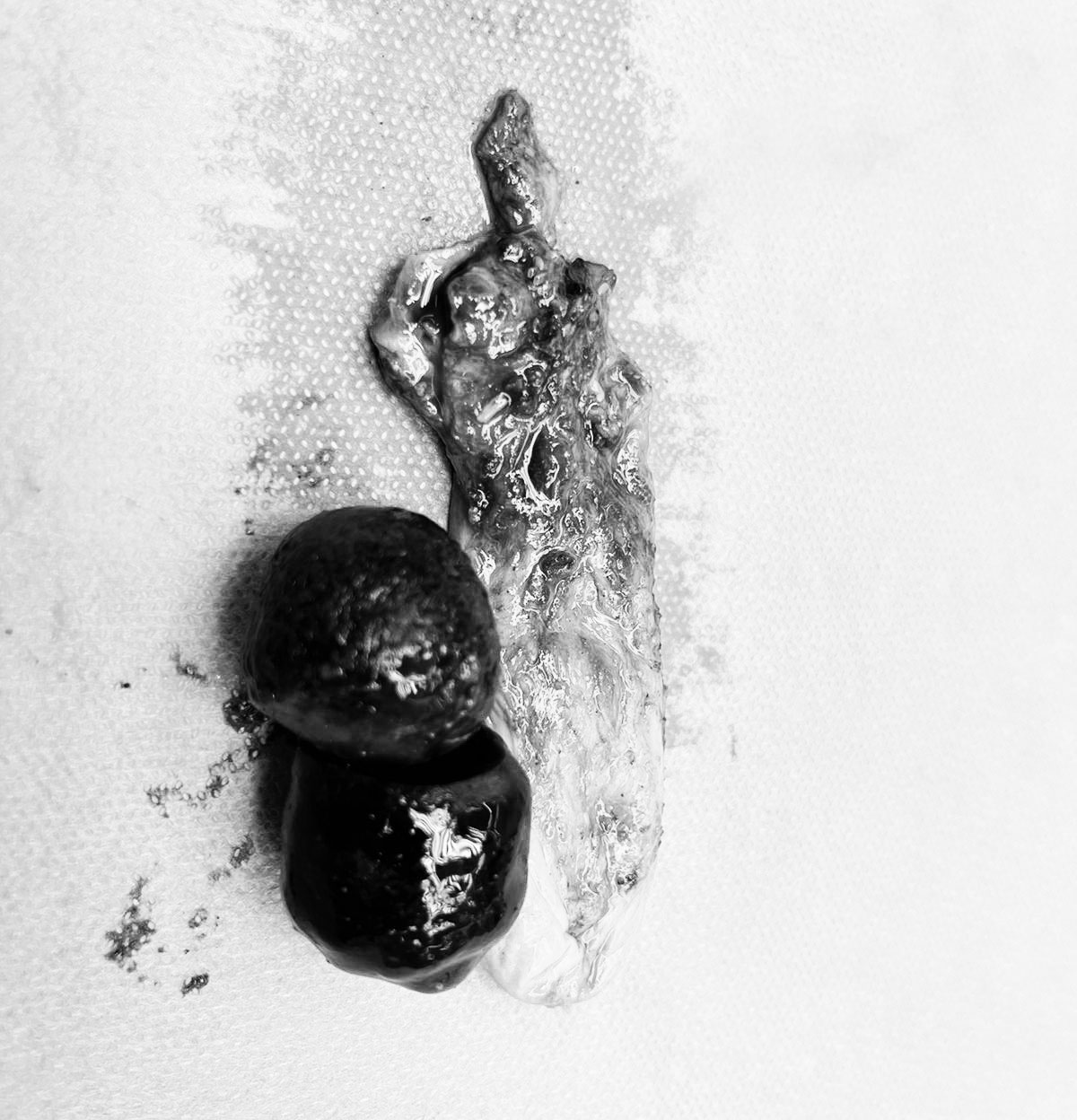
This picture is representative of how big the stones can become if the surgery for the gall bladder stones is delayed. The usual question when a patient is diagnosed and operated is, “Dr how long do you think, these stones have been inside the body”. The answer is not straightforward. It can be a couple of years or more. And the next thing they want to know is why it did not show any symptoms.
The irony here is that sometimes very small stones can be extremely symptomatic and have complications like pancreatitis and jaundice and some times very large stones will keep sitting silently inside and patient will never know. So, what is an anticipated problem if the stones become large.
1. There is a risk of pressure and erosion in the surrounding area of the gall bladder and it may at times cause compression of the common bile duct (the tube which brings the bile from the liver to the intestine).
2. There can be chronic inflammation and it can have communication with the colon and the duodenum (a part of the small intestine)
3. In endemic areas, large stone can predispose to the formation of gall bladder cancer also.
4. The surgery in limited circumstances can become challenging and may have some immediate postoperative sequel which may merit another endoscopic treatment in the form of ERCP.
So, if the Ultrasound is showing the presence of stones which are more than 2 cms in size, but you do not have significant symptoms, even then you should consider timely surgery to prevent the complications which are mentioned above. Remember that these stones did not become so big overnight, they have been there and have the potential to cause harm in the long run.



